Cats, with their enigmatic behaviors and personalities, have fascinated humans for centuries. While many cat owners enjoy the serene and affectionate nature of their feline friends, others face unexpected challenges with aggression. Understanding why some domestic cats exhibit more aggressive behaviors can enhance our relationships with these beloved companions. This article explores the factors contributing to feline aggression and offers insights into fostering harmonious interactions.
Understanding Feline Aggression
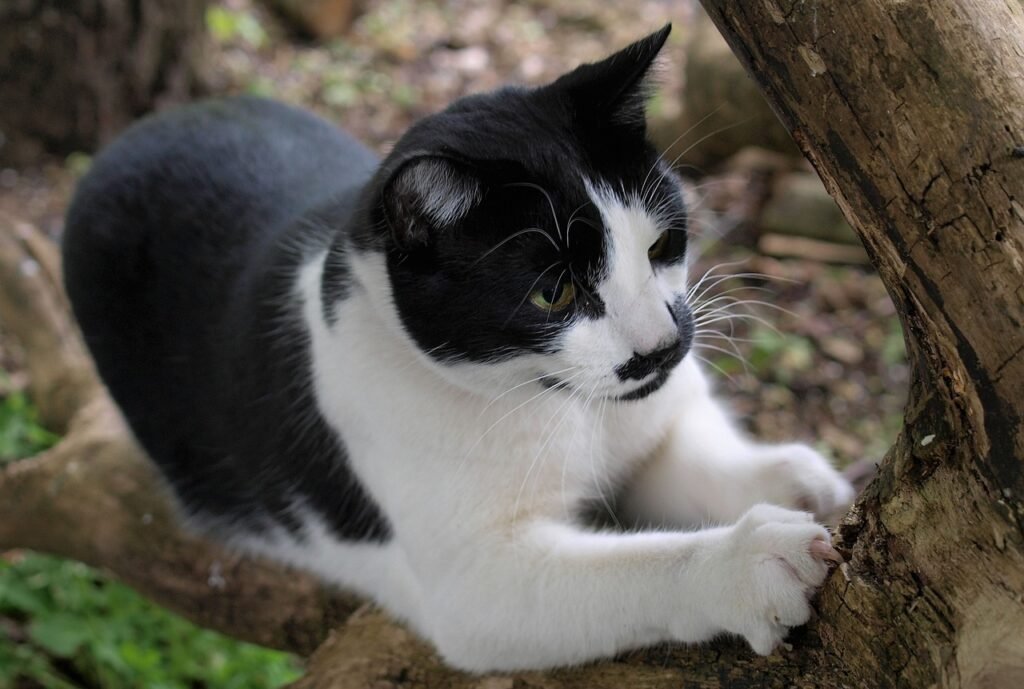
Aggression in cats can manifest as hissing, biting, scratching, or even territorial stand-offs. It’s crucial to recognize that while aggression may seem sudden and unwarranted, it often arises from specific triggers or underlying issues. Contrary to popular belief, cats are not inherently aggressive creatures; rather, their reactions are often responses to certain environmental or physical stimuli.
Genetic Factors and Breed Tendencies
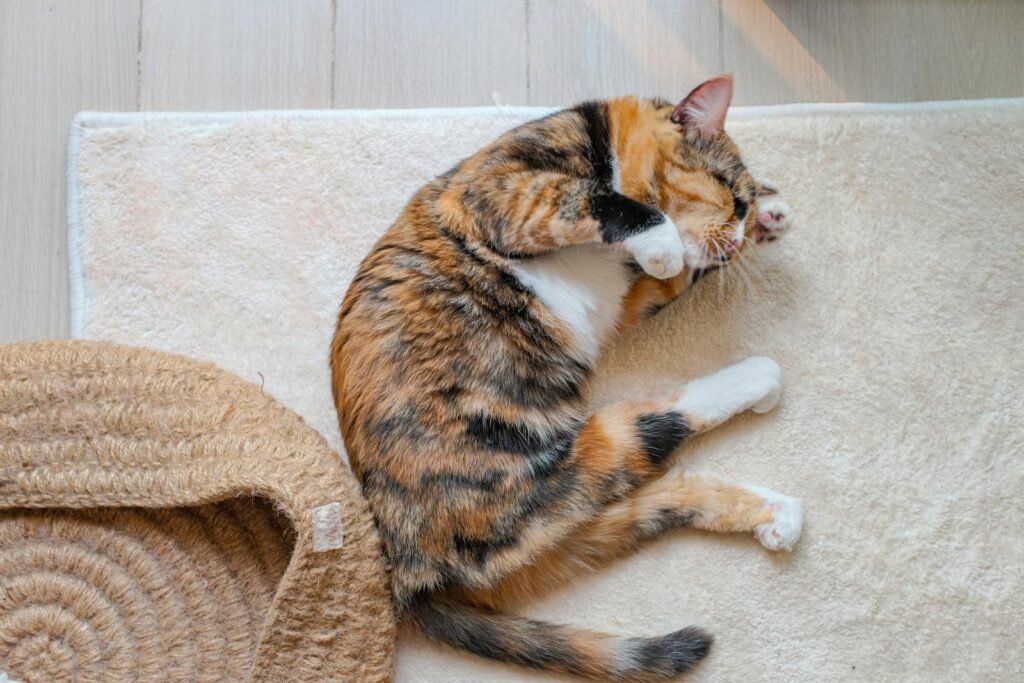
Genetics play a pivotal role in determining a cat’s temperament. Certain breeds, like the Siamese or Bengal, may naturally exhibit more assertive behaviors due to their active and sociable natures. These breeds are known for their intelligence and playfulness, which can sometimes be misinterpreted as aggression, especially in environments that do not engage their energies adequately.
The Impact of Early Socialization
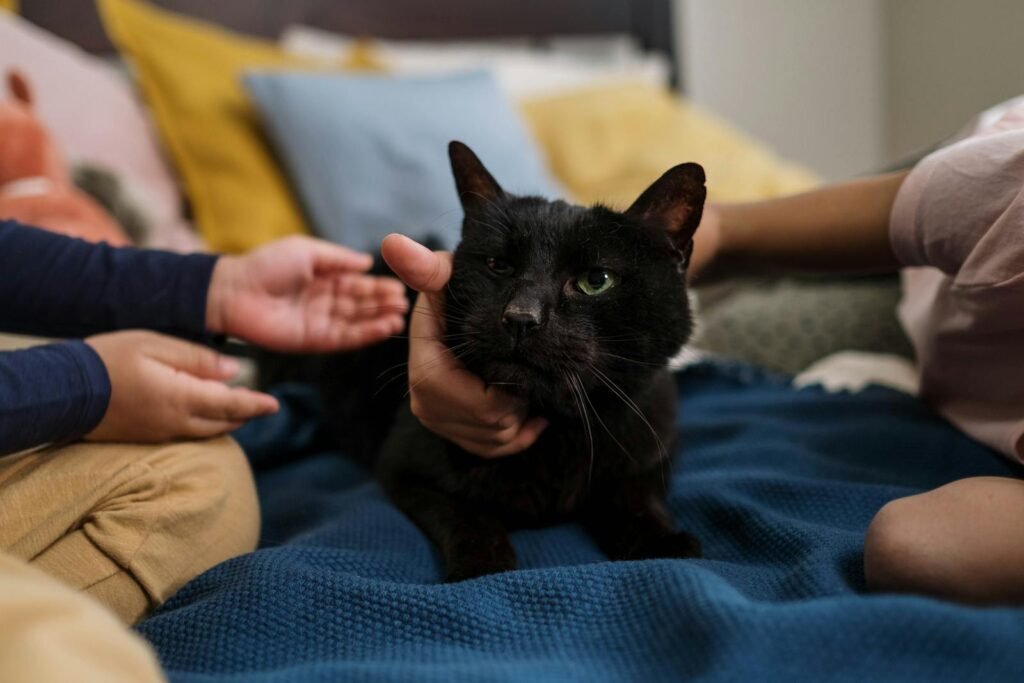
Early socialization is critical in a cat’s development. Kittens exposed to diverse environments, people, and other animals during their first few weeks are typically more adaptable and less aggressive. Conversely, those isolated or inadequately socialized may react aggressively to new experiences due to anxiety or fear.
Environmental Influences
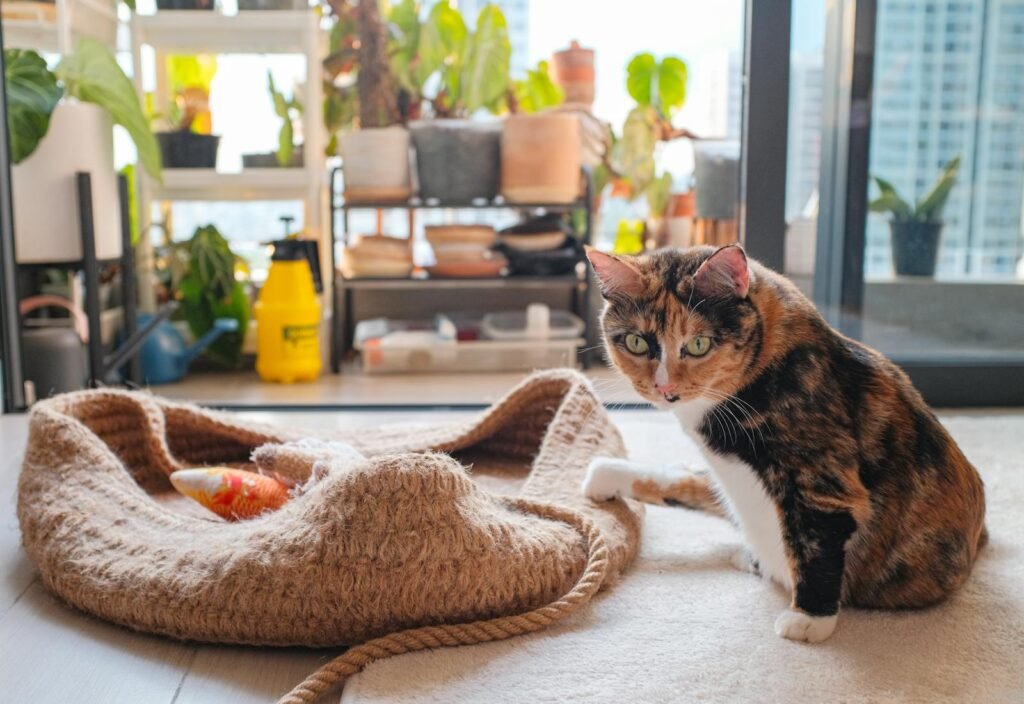
The environment in which a cat resides significantly impacts its behavior. Cats in overstimulating environments—marked by loud noises or the presence of multiple pets—may become stressed, leading to defensive aggression. Providing a stable, calm environment with safe spaces for retreating can mitigate stress-induced behaviors.
Medical and Health-Related Causes
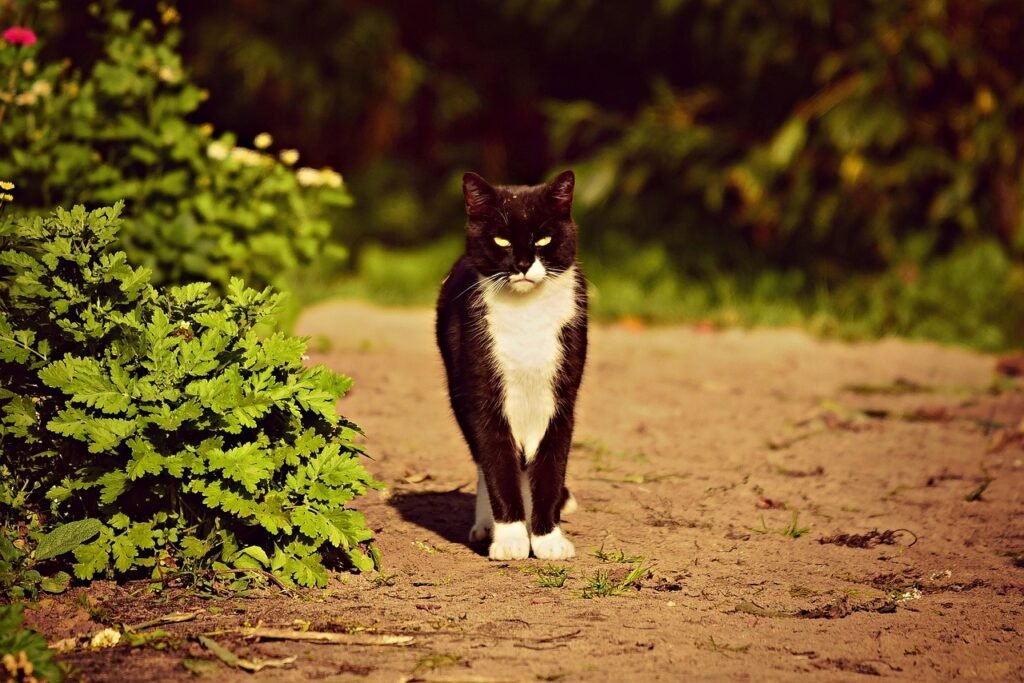
Underlying health issues can provoke aggression in cats. Pain from ailments like arthritis, dental problems, or urinary tract infections can make a normally docile cat react aggressively when touched. Regular veterinary check-ups are essential to detect and address such medical issues early on.
Territorial and Resource Guarding Behavior
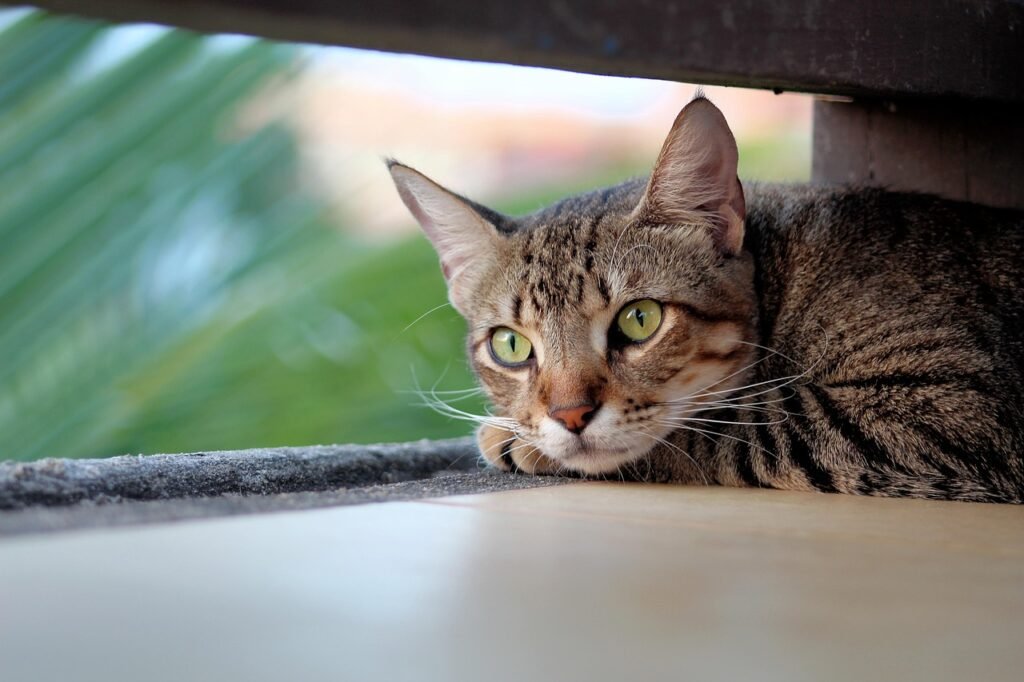
Cats are inherently territorial creatures. They may exhibit dominance by aggressively guarding their domain or resources such as food, water, or favored resting spots. Understanding and respecting these boundaries can help mitigate conflict and aggression.
Fear-Induced Aggression
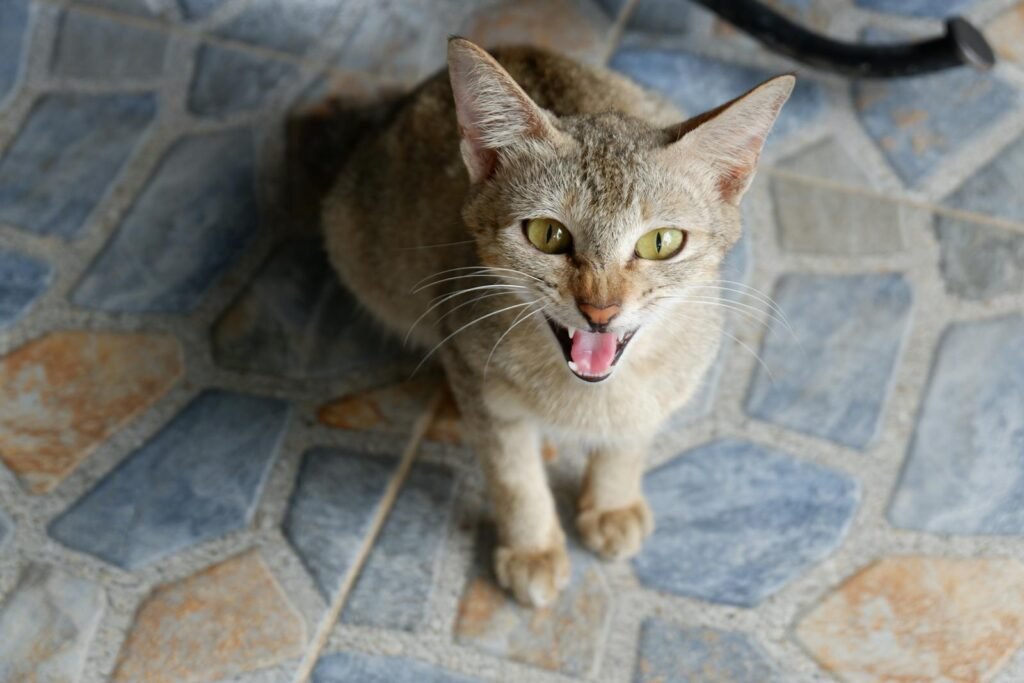
Fear is a common trigger for aggression in cats. When faced with a threat, real or perceived, their innate ‘fight-or-flight’ response may drive them to defend themselves aggressively. Building a trusting relationship and minimizing frightening encounters is key to reducing fear-based aggression.
Changes in Routine or Environment
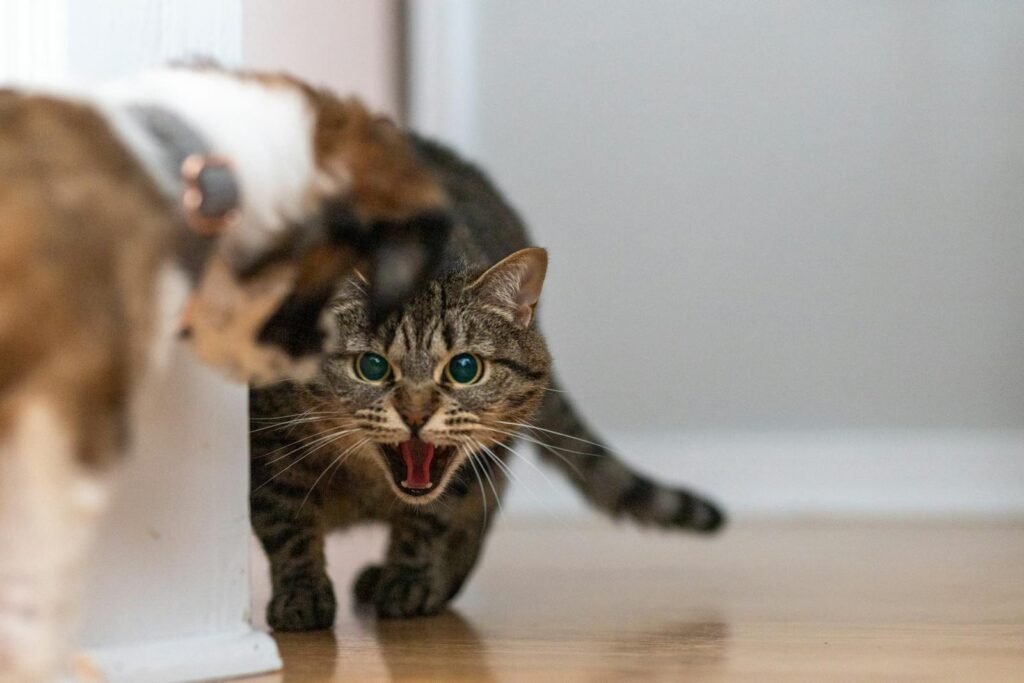
Sudden changes to a cat’s routine or living environment can lead to heightened stress and subsequent aggression. Cats thrive on consistency, and disruptions—such as moving to a new home or the addition of a new family member—can cause anxiety. Gradual introductions and maintaining familiar routines can help ease transitions.
Behavioral Training and Modification
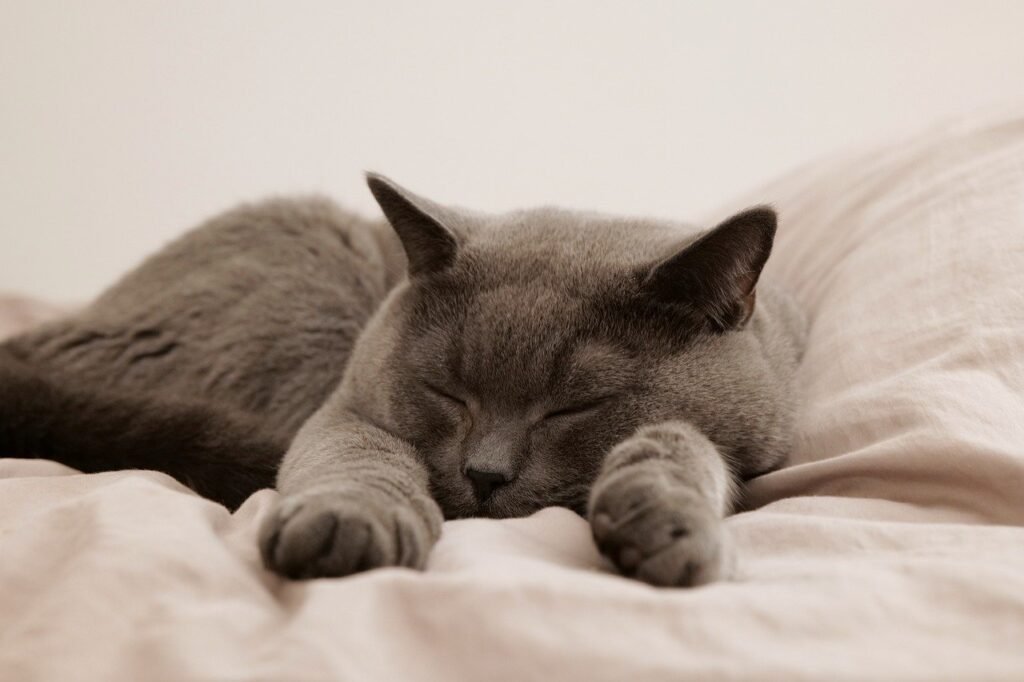
Behavioral training provides a pathway to modify aggressive behaviors in cats. Techniques such as positive reinforcement, clicker training, and interactive play can help teach appropriate responses and reduce aggression. Professional animal behaviorists can also offer valuable guidance tailored to individual needs.
Understanding Body Language

Reading a cat’s body language is crucial in preventing aggressive incidents. Signs such as flattened ears, dilated pupils, and a twitching tail indicate heightened agitation or aggression. Recognizing and respecting these signals can prevent escalation and promote peaceful interactions.
Reducing Aggression Through Enrichment

Environmental enrichment is essential in minimizing aggression stemming from boredom. Providing a variety of toys, scratching posts, and opportunities for interactive play can reduce frustration and keep a cat mentally and physically stimulated.
Calming Products and Remedies
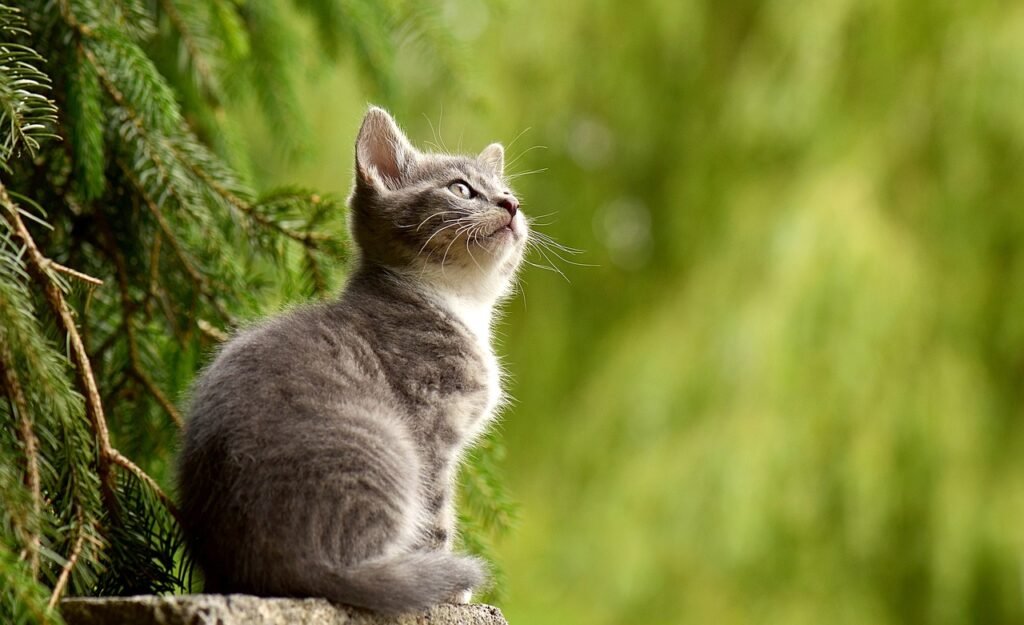
Several products, such as pheromone diffusers, sprays, or herbal supplements, are designed to reduce stress and promote calmness in cats. When used in conjunction with behavioral strategies, these can be effective tools in managing aggression.
Owner’s Role in Managing Aggression
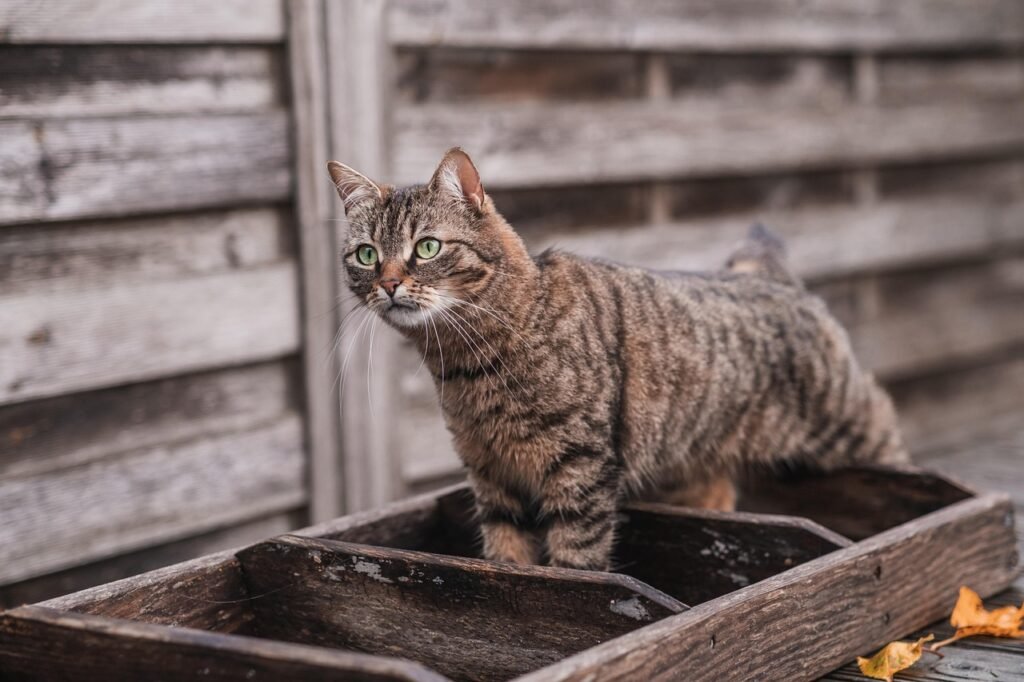
The owner plays a significant role in managing and reducing aggression in cats. Being patient, attentive, and consistent in interactions can foster trust and security, ultimately leading to a more harmonious cat-human relationship.
Conclusion: Cultivating Peaceful Coexistence
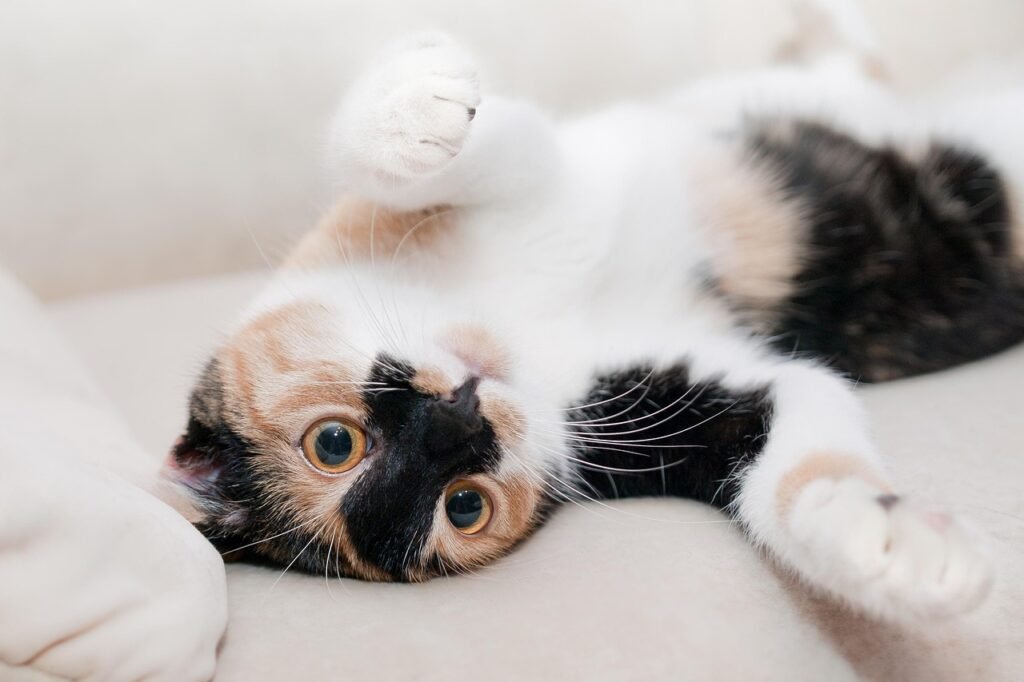
While aggression in domestic cats is a multifaceted issue, understanding its origins can pave the way for more effective management strategies. By acknowledging genetic, environmental, and health influences, and actively working to address them, we can cultivate a peaceful coexistence with our feline companions. Thus, creating a harmonious and enriching environment not only benefits the cat but also deepens the bond shared with its human family.

Esther is from India; the heartbeat of South Asia, holding a Master’s degree in Zoology and a postgraduate diploma in Animal Welfare. Her enthusiasm for animal welfare drives her passion and dedication to work for animals, ensuring their well-being and advocating for their rights. With a solid academic background and hands-on experience, she is committed to making a positive impact in the field of animal welfare. In her free time, she enjoys embroidery and sewing. As a Chennaite from Tamil Nadu, Esther loves Bharathanatyam, an Indian classical dance form.






